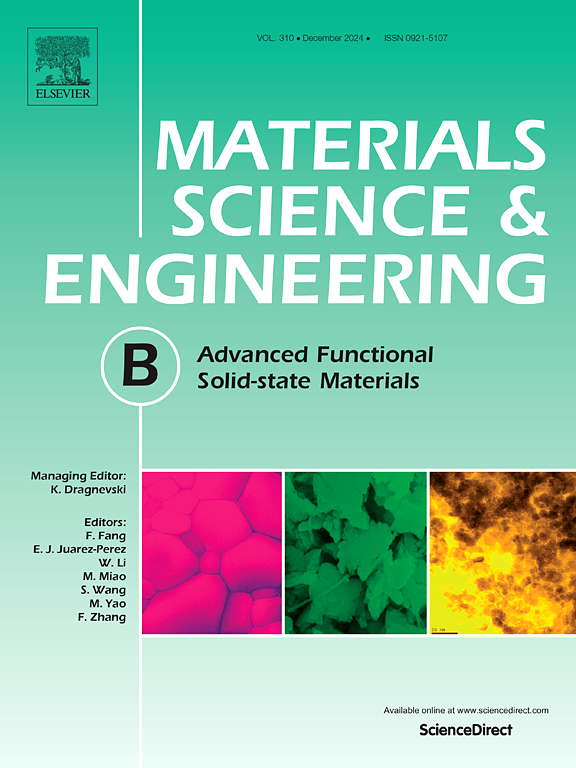LiAlO2 coated activated carbons via liquid-phase deposition and sintering for high-voltage lithium-ion capacitors
IF 3.9
3区 材料科学
Q2 MATERIALS SCIENCE, MULTIDISCIPLINARY
引用次数: 0
Abstract
Lithium-ion capacitors (LICs) integrate the benefits of both batteries and capacitors, exhibiting high power density, extended cycle life, low self-discharge rates, and enhanced safety. Although their energy density is 2 to 4 times greater than that of supercapacitors, it still remains relatively low and requires further improvement. According to the equation E = 1/2 CU2, the stored energy E is proportional to the capacitance C and the square of the voltage U. Consequently, increasing the operating voltage of the device presents a viable approach for developing lithium-ion capacitors with high energy density. However, as the voltage rises, irreversible side reactions may take place at the capacitor’s positive electrode, resulting in a decrease in over all cycle life. In this study, the precursor of solid-state coating was thoroughly mixed with activated carbon in a liquid-phase environment, and subsequently, the solid-state reaction method was utilized to coat LiAlO2 on the surface of the activated carbon positive electrode. The research results indicate that the coated materials can effectively improve the occurrence of irreversible reactions between the activated carbon positive and the electrolyte, thereby enhancing its cycle life at high voltages. The half-cell assembled with the LiAlO2 coated activated carbon showed a cycle retention rate increase from 80 % to 90 % after 2000 cycles at a current density of 1 A g−1 within a voltage range of 2.0–4.2 V compared with uncoated activated carbon. This coating research effectively improves the rated voltage of LICs, thus enhancing their energy storage capacity. The method employed is characterized by its simplicity in preparation and its significant ability to enhance high voltage performance, demonstrating great potential for application.
求助全文
约1分钟内获得全文
求助全文
来源期刊

Materials Science and Engineering: B
工程技术-材料科学:综合
CiteScore
5.60
自引率
2.80%
发文量
481
审稿时长
3.5 months
期刊介绍:
The journal provides an international medium for the publication of theoretical and experimental studies and reviews related to the electronic, electrochemical, ionic, magnetic, optical, and biosensing properties of solid state materials in bulk, thin film and particulate forms. Papers dealing with synthesis, processing, characterization, structure, physical properties and computational aspects of nano-crystalline, crystalline, amorphous and glassy forms of ceramics, semiconductors, layered insertion compounds, low-dimensional compounds and systems, fast-ion conductors, polymers and dielectrics are viewed as suitable for publication. Articles focused on nano-structured aspects of these advanced solid-state materials will also be considered suitable.
 求助内容:
求助内容: 应助结果提醒方式:
应助结果提醒方式:


